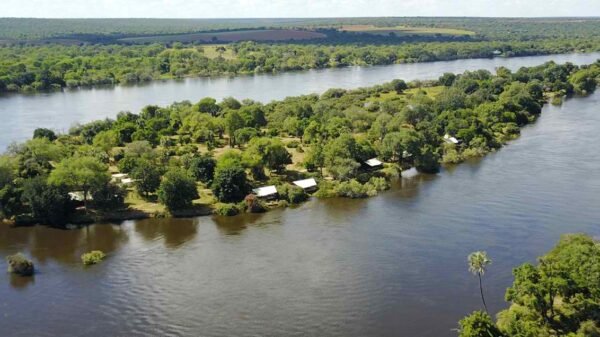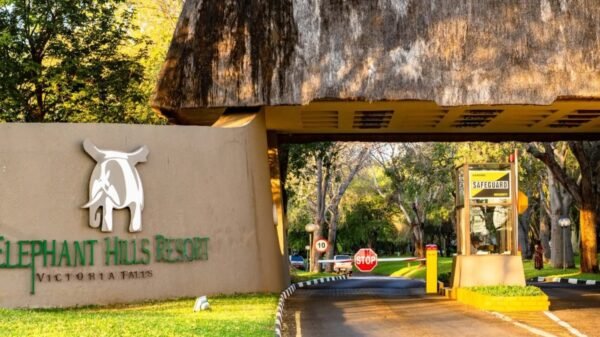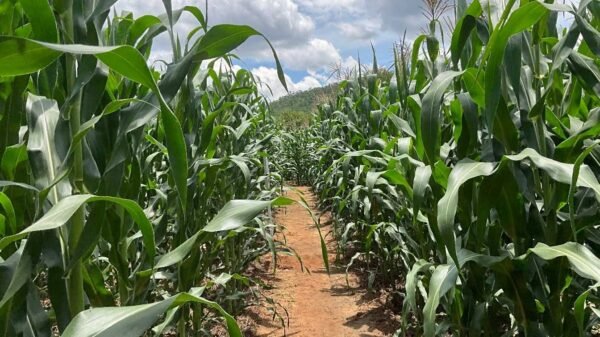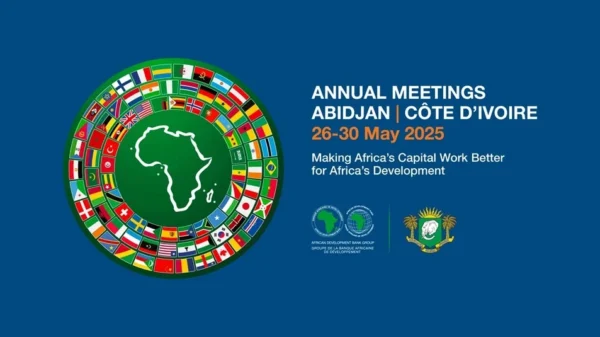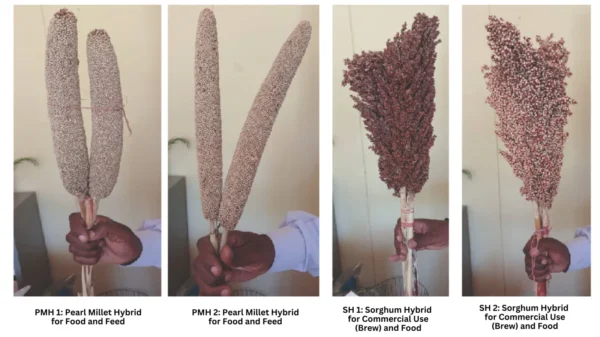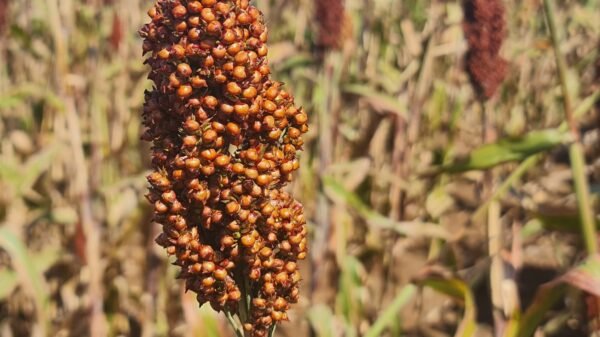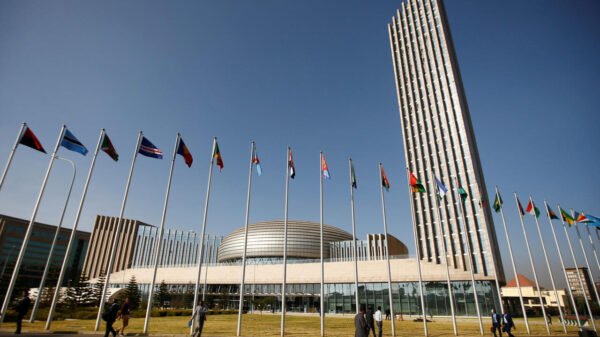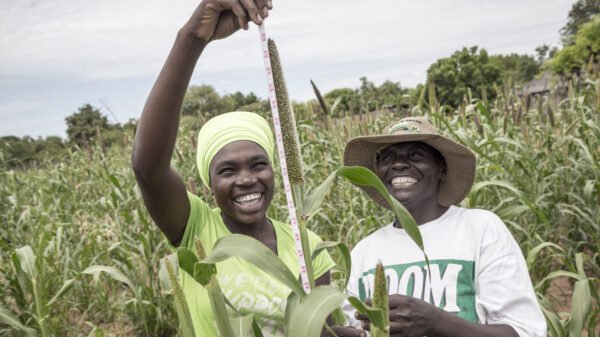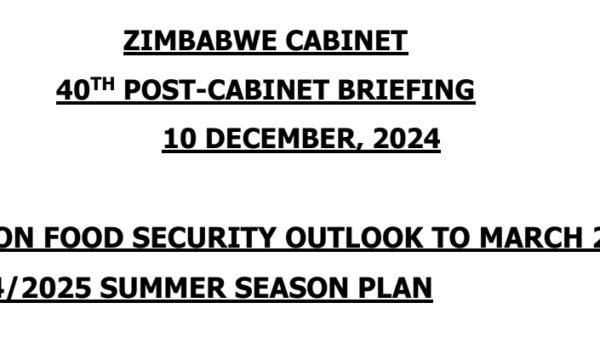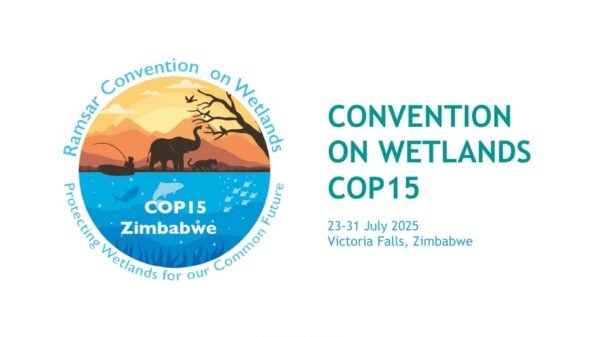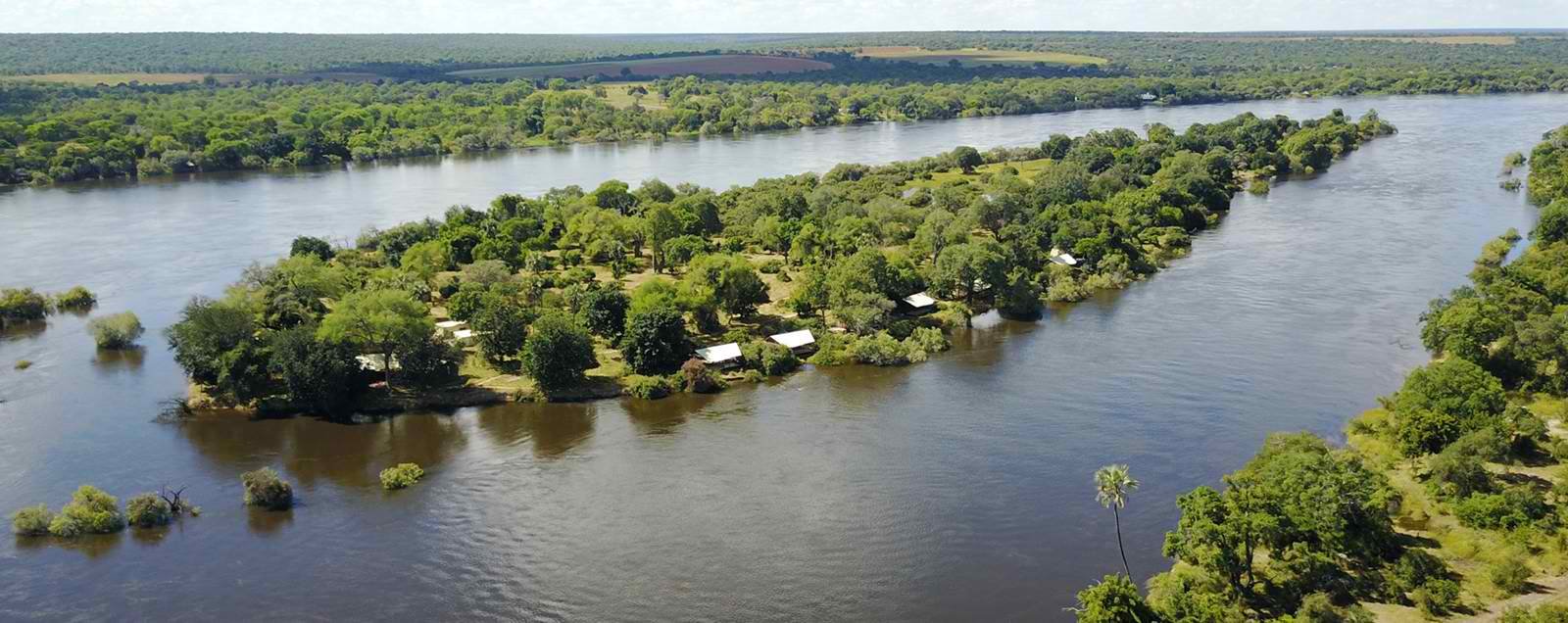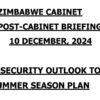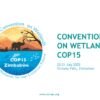IUCN calls for concrete solutions to scale up wetland protection and restoration
AS wetlands continue to be among the most imperilled ecosystems on Earth, the 15th meeting of the Conference of the Contracting Parties to the Ramsar Convention on Wetlands (Cop15) opened on 24 July 2025 in Victoria Falls, Zimbabwe.
Over the coming week, representatives of the Ramsar Contracting Parties are expected to adopt the Convention on Wetlands 5th Strategic Plan, which will guide the convention for the next decade. In its role as a Ramsar International Organisation Partner, the International Union for Conservation of Nature (IUCN) is calling for decisive action to protect, restore and ensure the wise use of wetlands, underscoring the need for measurable, ambitious and science-based targets that align with the Kunming-Montreal Global Biodiversity Framework.
“Wetlands are no longer invisible in global agendas. There is growing recognition that they are essential to addressing today’s most urgent challenges – climate change, biodiversity loss, water insecurity and disaster risk,” said Dr Grethel Aguilar, IUCN director-general (pictured), in her opening statement to the conference.
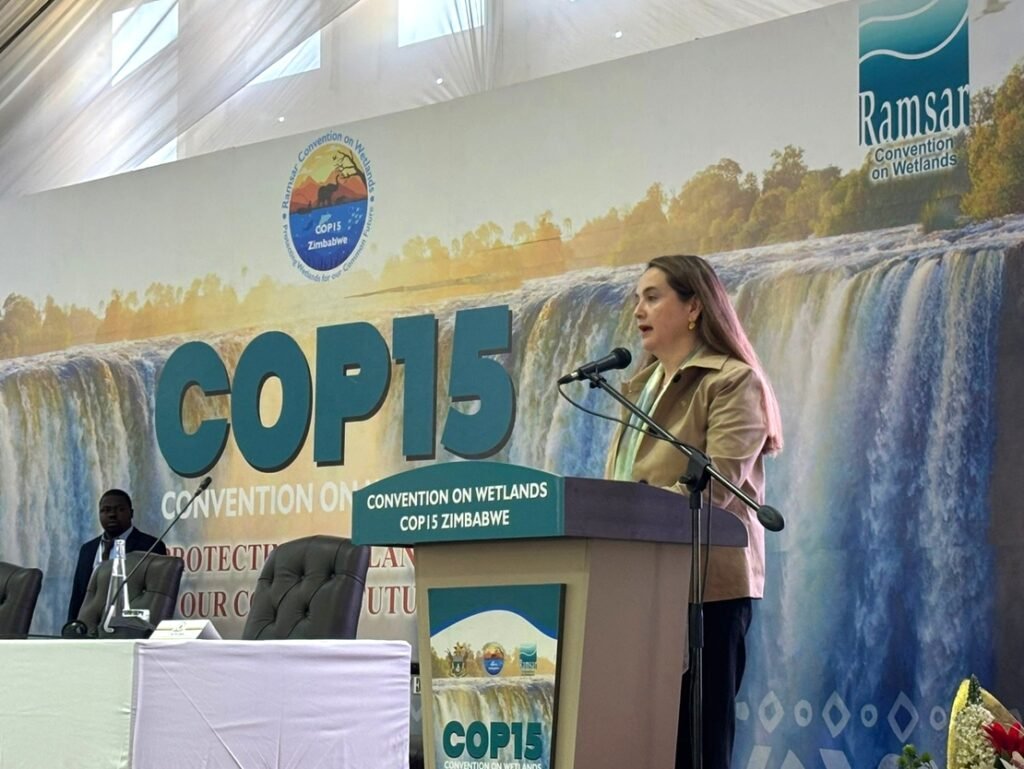
“And more than that—they are our life support systems. By protecting the wetlands, we ensure the continuation of human development, regional peace and planetary stability.”
Led by the IUCN director-general, IUCN’s delegation is working alongside Contracting Parties to provide technical guidance, capacity-building and the demonstration of best practices, while hosting a number of side events.
Released just ahead of the conference, the Global Wetland Outlook 2025 provides a stark backdrop for the Cop15 talks. The report presents the most comprehensive assessment of the state of wetlands worldwide, highlighting the widespread disappearance of millions of hectares of wetlands due to land-use changes since the 1970s. From marshes to swamps, peatlands and mangroves, all types of natural wetlands have been affected.
Wetlands deliver up to US$39 trillion in benefits to people each year, supporting food security, regulating floods, storing carbon and purifying water. Yet, their rapid decline has had severe consequences for people and biodiversity. One-quarter of freshwater fauna species are threatened with extinction, according to a recent assessment for the IUCN Red List of Threatened Species.
For IUCN, bolder and more ambitious action is required to address the primary drivers of wetland loss, such as pollution and the impacts of urban expansion, industrial development and agricultural intensification. Wetlands must be fully integrated into national and sectoral strategies, thereby reconciling wetland conservation with development objectives.
In wetlands of international importance, also known as Ramsar Sites, management must be strengthened by improving governance, coordination and technical capacity at all levels. Effective management plans should ensure inclusive and equitable governance that empowers marginalised groups, youth, women, Indigenous peoples and local communities.
In line with the ambitious financial targets adopted by the three United Nations Rio Conventions (on biodiversity, climate change and desertification), increased financial resources must be mobilised for wetland conservation, restoration and their wise use – recognising the long-term returns of healthy wetland ecosystems.
“Wetlands are not marginal lands to be drained and forgotten. They are the living infrastructure of a safe, resilient and sustainable future,” said the IUCN chief.
IUCN position paper for Ramsar Cop15
As the Conference of the Contracting Parties meets for the 15th time, the urgency to accelerate wetland conservation and restoration has never been greater to ensure continued climate regulation, water purification, flood control, and to protect the livelihoods of over a billion people who rely on wetlands for food, income, and cultural identity.
In this context, the adoption of the Fifth Strategic Plan for the Convention will be decisive to address the crisis facing freshwater biodiversity and ensure that wetlands continue to provide valuable ecosystem services for nature and people.
IUCN urges Contracting Parties to the Ramsar Convention on Wetlands to:
• Conclude negotiations in a spirit of collaboration and compromise for an ambitious Strategic Plan of the Convention on Wetlands 2025-2034.
• Set clear goals and targets, and a strong, measurable indicator framework aligned with other international reporting frameworks.
• Explicitly align the Strategic Plan with the Kunming-Montreal Global Biodiversity Framework.
• Strengthen effective management of wetlands of international importance by improving governance, coordination, and technical capacity at all levels.
• Embed wetlands in national development planning and increase regional and transboundary cooperation.
• Develop a dedicated Resource Mobilisation Plan for Wetlands, aligned with the Rio Conventions and integrate wetlands into national climate and biodiversity finance strategies to leverage international funding and prioritise innovative finance.–Staff Writer/IUCN.

